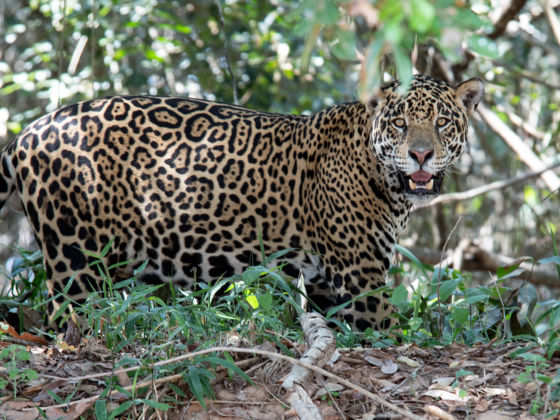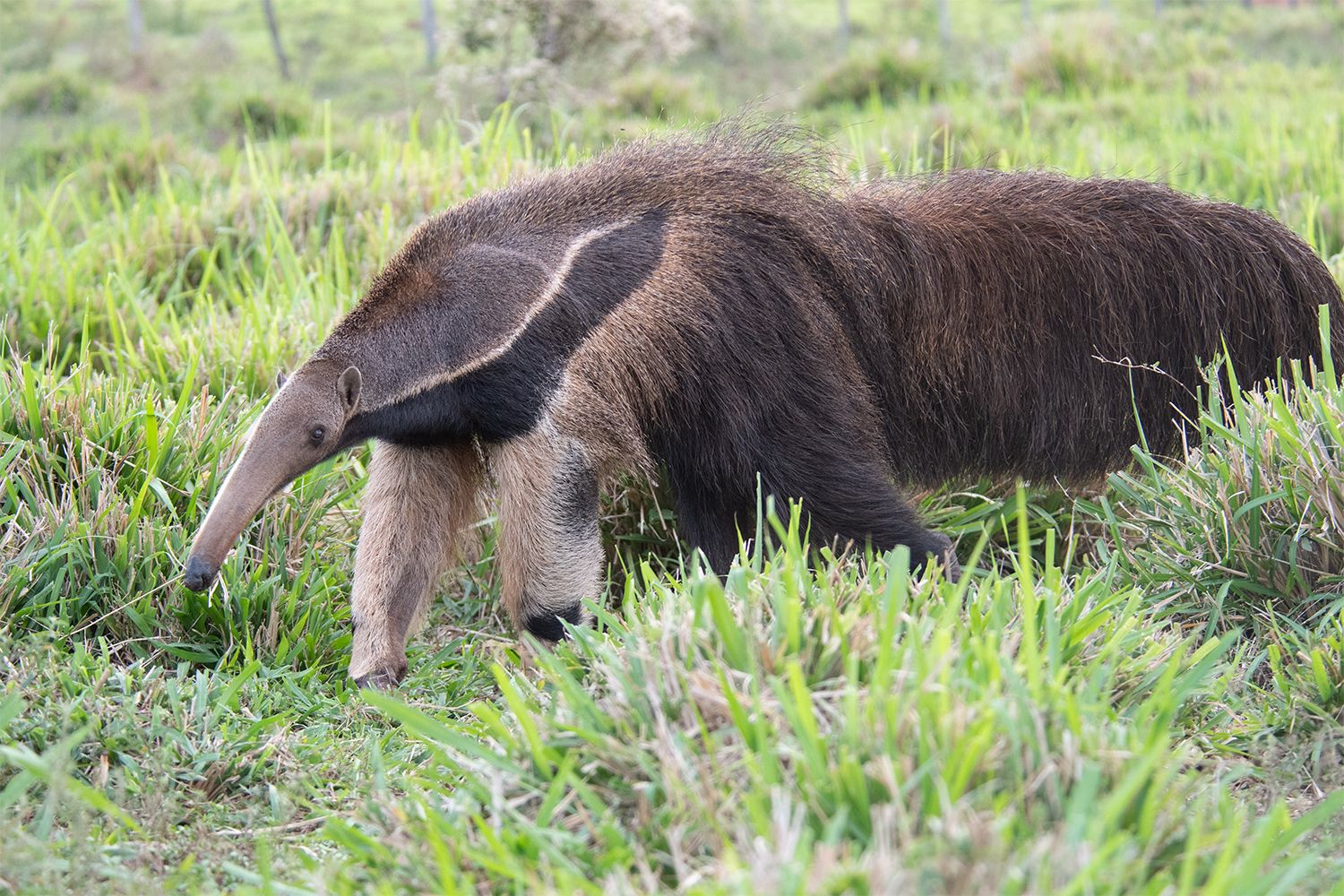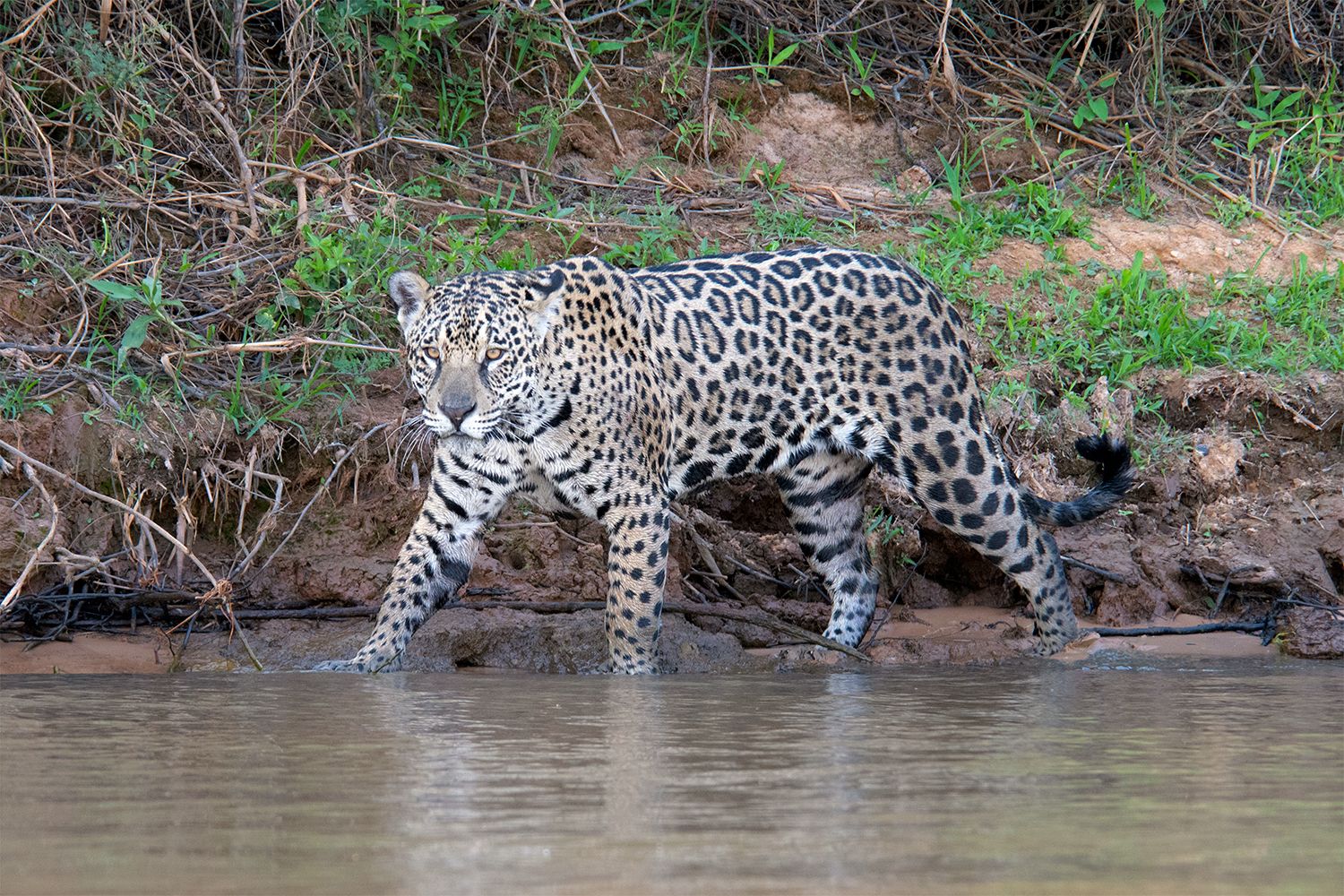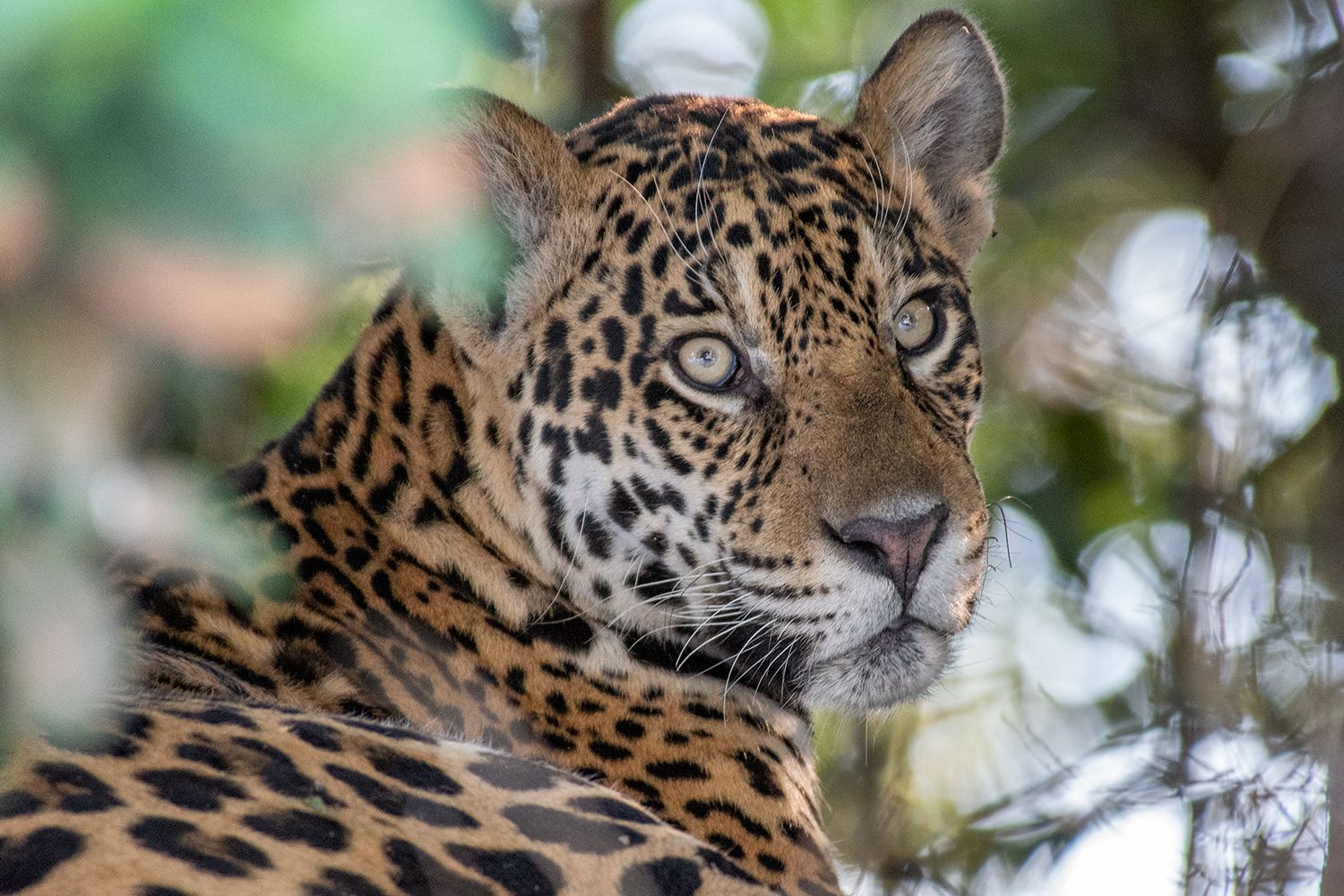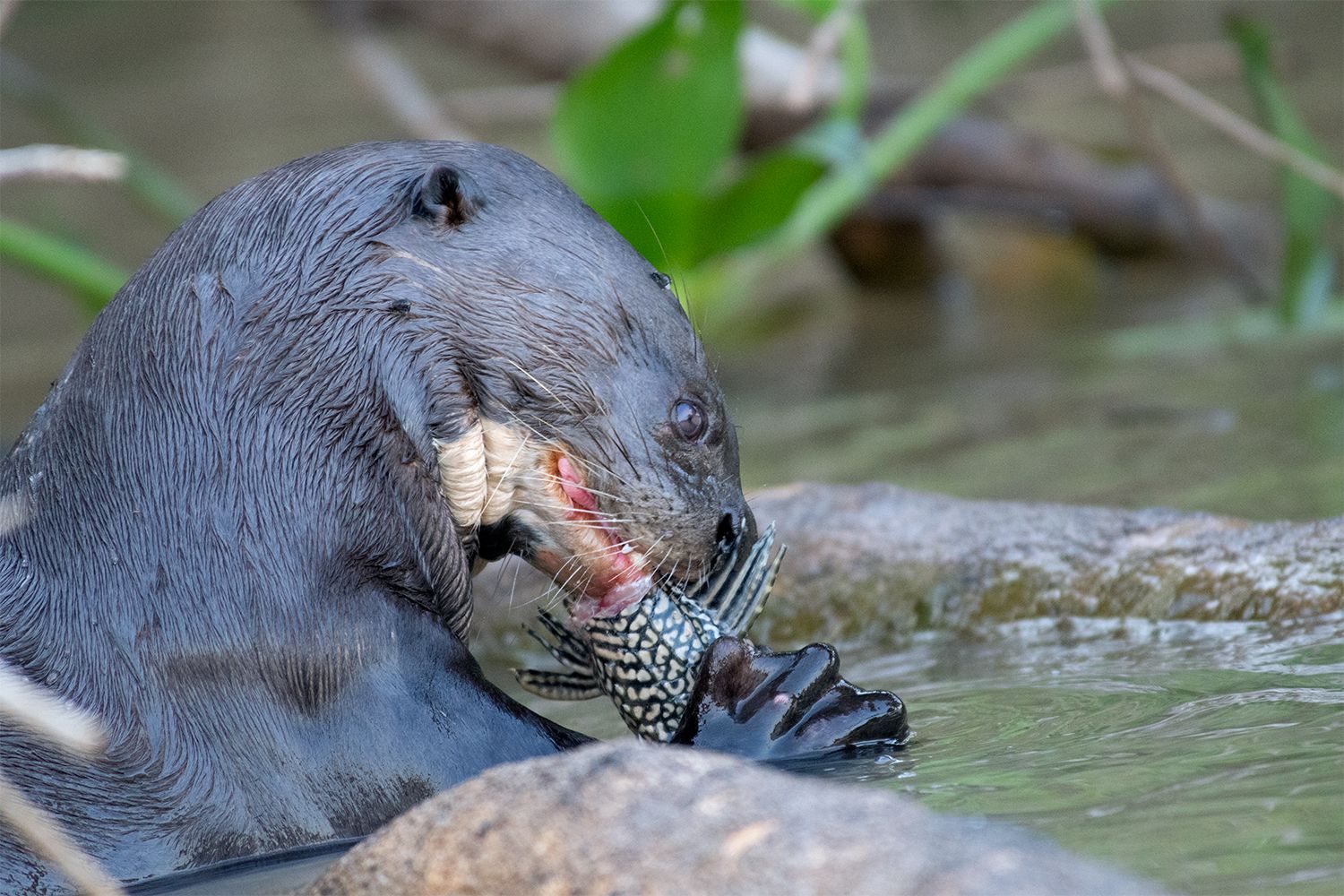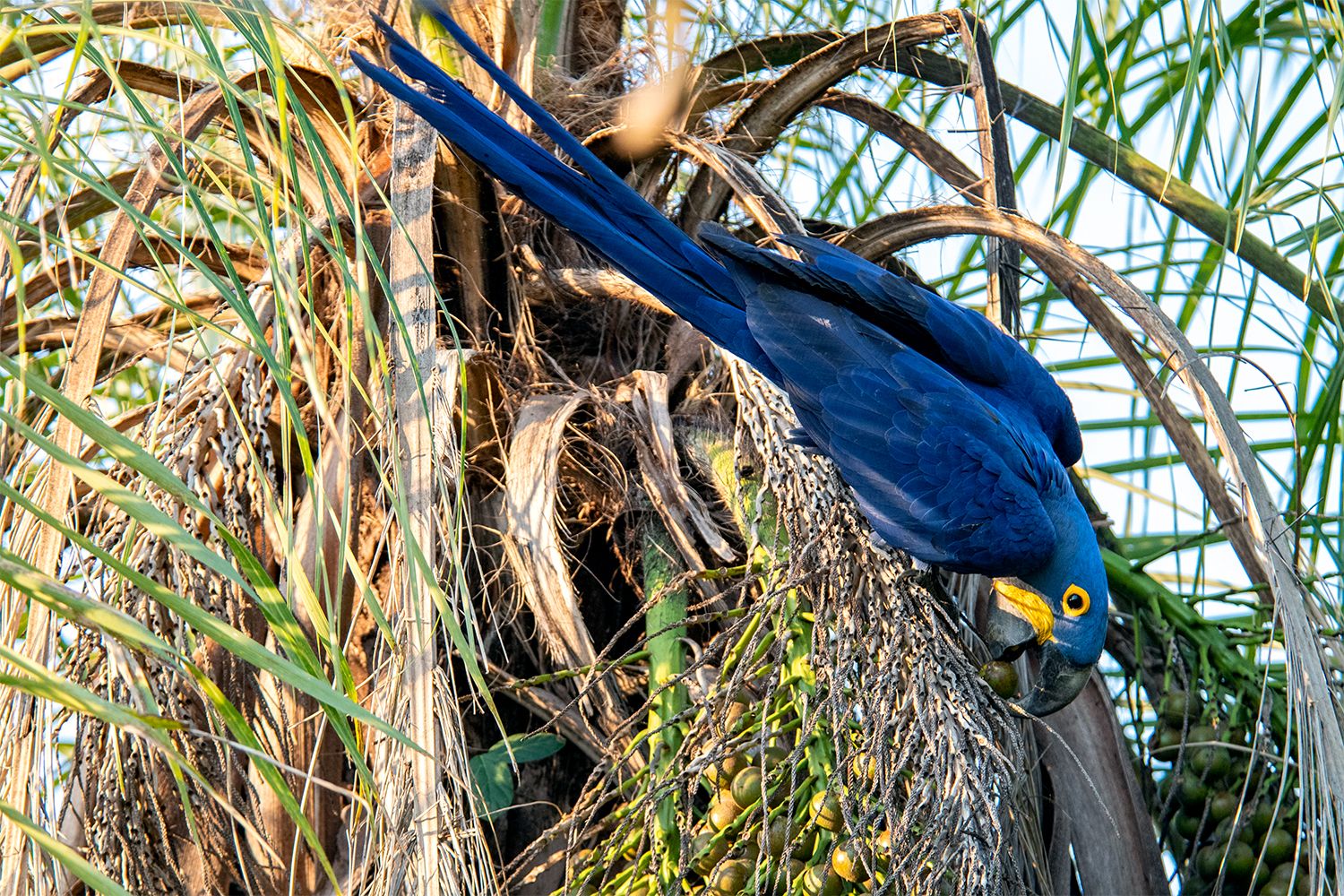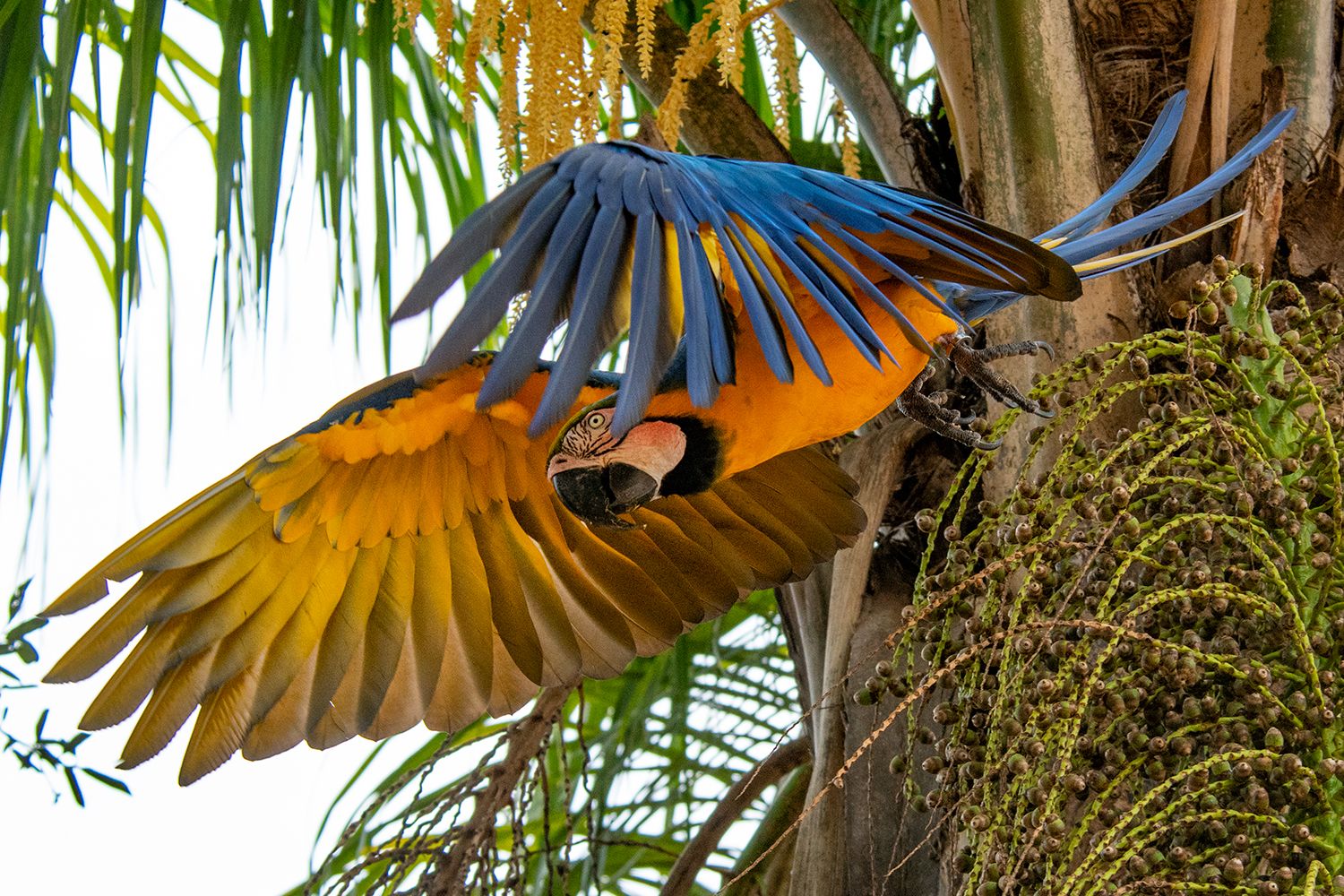While the Amazon gets all the press, the true wild heart of South America lies in the Pantanal. Stretching over 81,000 square miles and spanning Brazil, Bolivia, and Paraguay, it is the biggest tropical wetland in the world.
Unlike the Amazon, where the wildlife is concealed behind the dense rainforest vegetation, the Pantanal lays out its wild treasure on the open savannah that’s filled with a network of interconnected rivers, streams, and ponds.
In Brazil, the vast wetland spreads over two states — Mato Grosso and Mato Grosso do Sul, forming the northern and the southern Pantanal respectively. Most of the Pantanal is not accessible by road, but regular flights between Cuiabá in the north and Campo Grande in the south make it possible to explore both parts of the region in the same visit.
